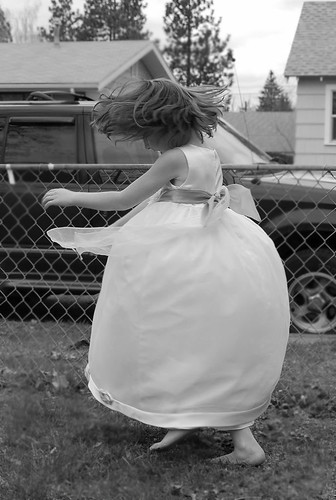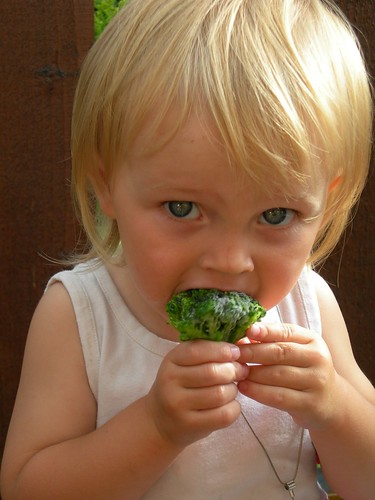I miss the obvious things so often. I know, know how very important connection is. I have recited the "connect before you correct" mantra hundreds of times to myself. But in the moment? I am more likely to get swamped by my own desire to just get my way.
The thing is, the connection IS the goal.
I had a great reminder of this yesterday. My seven year old has been having a lot of conflict with
his younger sister. We've tried talking about it, telling him what to
do, and have at times been less than graceful and yelled. But yesterday, I did
something different.
I described every time I could remember being
frustrated with my own little sister when I was his age, and how
terribly unfair it seemed to me that she would provoke me until I
retaliated and then got in trouble. I gave every detail I could remember of our squabbles. He
listened and became more and more engaged. I could see him biting his lips to hold in a chuckle as I recounted my exasperation and some of the vengeance I had taken.
My first
inclination was to moralize and say what I should have done. It took every ounce of self control that I have not to turn it into a sermon. And I am so
glad that I didn't. He began to thoughtfully offer suggestions to avoid
conflict. I countered with things that she might have done to continue
annoying me. He dug right into the challenge and brainstormed creative
ways to handle it peacefully. Then he hugged me tight and told me he
loved me.
I could see the tension leave him as he began to believe that I really, truly understood his side of it. That I didn't think he was bad. And once all that was out of the way, it gave him the freedom to stop defending himself (even if I didn't think he had been attacked, he had been attacking himself with condemnation and frustration, so much that even a mild reproof just reinforced his need to defend himself).
Has this magically solved all sibling issues? Well, it is
early, but I suspect it will be a process. Even so, we connected and he
thought about it far more constructively than our previous attempts
without that connection.
I am also learning that at different stages, some of my kidlets spring a leak in their love cups. While any good parent will try to make sure that their children feel loved, some times (and some kids) need extra deposits. Find out what their love languages are and make sure that their connection tank isn't running low.
I am also learning that at different stages, some of my kidlets spring a leak in their love cups. While any good parent will try to make sure that their children feel loved, some times (and some kids) need extra deposits. Find out what their love languages are and make sure that their connection tank isn't running low.
Nonviolent Communication has some in depth, practical tips on exactly how to connect with someone, and the book is definitely worth reading! But the basics are simple. Stop. Breathe in grace, breathe out anger, fear and frustration. Connect with your child's eyes (if you look, really look, long enough at someone's eyes in love, beautiful things happen). Listen. To their words and the feelings behind them. If you need to clarify what they are feeling, do it without accusing. Show them that you understand what they are feeling. (And when that "But" of what they should have done instead pops up, keep quiet on it for a bit. There is certainly a place for correction, but this is not it. Wait. Show love. Give them a moment for healing. It may just surprise you what will happen next.
*****************
![[4/365] Handy Man](http://farm6.static.flickr.com/5086/5326211358_693c15804a.jpg) |
| Image credit goaliej54 on Flickr |
Looking for more practical tips? Check out my favorite post from the Hippie Housewife on The Hows of Discipline (and read through all the comments!), Pearl in Oyster's 52 Tool Cards series and Aha! Parenting's blog. Do you need inspiration and a reminder of why and how to do this? Read Emerging Mummy's Practices of Mothering and Positive Parenting: Toddlers and Beyond. If you have other great resources or ideas, please add them in the comments.










